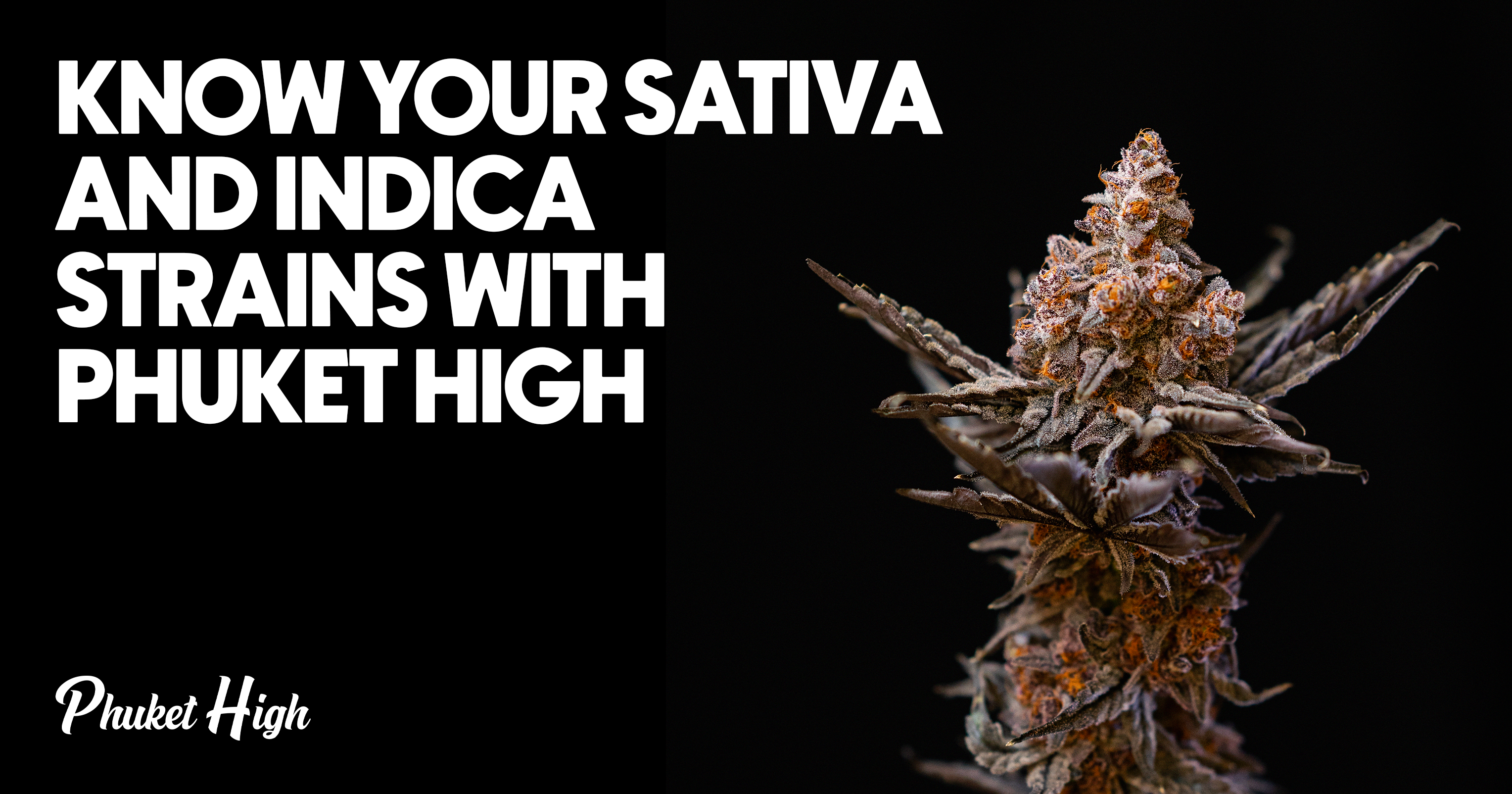Understanding cannabis strains typically begins with the familiar trio: sativa, indica, and hybrid. While emerging science emphasizes cannabinoids and terpenes for predicting effects, many still rely on these broad classifications. Let’s delve into the nuances of sativa and indica strains, alongside hybrids, to navigate the world of cannabis with greater clarity.
The Evolution of Sativas & Indicas
In 1973, Carl Linnaeus categorized all cannabis plants as “Cannabis sativa L.” However, it was Jean-Baptiste Lamarck in 1785 who differentiated them into “Cannabis sativa” and “Cannabis indica,” primarily based on physical characteristics. Sativas, often tall and fibrous, hailed from warmer climates, while indicas, shorter and denser, thrived in colder regions.
Sativa Is More Than Just a Buzz
Sativas have long been associated with providing an uplifting and energizing high, making them the go-to choice for many daytime users. Recent research suggests that the effects of sativa strains may be attributed to their unique terpene profiles. For example, the presence of terpinolene, which is commonly found in sativas, is associated with stimulating and euphoric effects. Moreover, sativas are celebrated for their potential creativity-enhancing properties, making them a favorite among artists and musicians alike.
Fun Fact: Did you know that some sativa strains have been used historically for their medicinal properties, including treating depression, fatigue, and even migraines?
Indica Is The Ultimate Relaxation Companion
Indicas, on the other hand, are renowned for their ability to induce deep relaxation and sedation. Interestingly, it’s not just THC content that contributes to these effects; research indicates that certain indicas contain higher levels of myrcene, a terpene known for its calming and sleep-inducing properties. This makes indicas the preferred choice for those seeking relief from chronic pain, insomnia, and anxiety. Additionally, indicas are often praised for their ability to enhance sensory experiences, making them ideal for immersing oneself in music or movies.
Fun Fact: The term “indica” is believed to originate from the Latin word “indicum,” meaning “of India,” where cannabis indica strains were historically cultivated for various purposes, including medicinal and spiritual use.
Hybrid Strains blend the Best of Both Worlds
Hybrids represent a fascinating fusion of sativa and indica genetics, offering a diverse array of effects and flavors. Cannabis breeders meticulously crossbreed different strains to create hybrids that cater to specific preferences and needs. Whether it’s a sativa-dominant hybrid for daytime productivity or an indica-dominant hybrid for evening relaxation, hybrids provide users with unparalleled versatility and choice.
Fun Fact: Some of the most famous cannabis strains are hybrids, including OG Kush, Girl Scout Cookies, and Blue Dream, each offering a unique combination of sativa and indica effects.
Exploring the Entourage Effect
Beyond the simplistic categorization of sativa and indica, modern research is uncovering the complex interplay between cannabinoids, terpenes, and other compounds found in cannabis. The entourage effect, a phenomenon where the combined effect of various cannabis compounds enhances the overall therapeutic benefits, sheds light on the intricate synergy within the plant. For example, the presence of myrcene in indica strains may not only contribute to sedation but also synergize with THC to increase its potency, offering a more profound relaxation experience. Understanding these synergistic interactions opens up new possibilities for personalized cannabis therapy tailored to individual needs. You can read more about the entourage effect here.
Cultivating Cannabis Culture: From Ancient Rituals to Modern Trends
Throughout history, cannabis has played a significant role in various cultures, from ancient rituals to contemporary lifestyle trends. In ancient civilizations such as Egypt, India, and China, cannabis was revered for its medicinal, spiritual, and recreational purposes. Today, cannabis culture continues to evolve, influenced by factors such as legalization, technological advancements, and shifting societal attitudes. From cannabis-infused cuisine to art installations celebrating the plant’s beauty, the cultural impact of cannabis extends far beyond its psychoactive effects. By embracing its rich history and diverse cultural expressions, we can cultivate a more nuanced understanding of cannabis and its place in society.
Embracing Change while Honoring Tradition
While cannabinoids and terpenes redefine how we classify cannabis, traditional strain categories remain relevant within cannabis culture. Decades of usage have ingrained these distinctions into the vernacular of enthusiasts and professionals alike.
Ultimately, individual reactions to cannabis vary, emphasizing the importance of personal experimentation to determine the ideal strains for desired effects. With careful exploration, users can unlock the full spectrum of cannabis experiences tailored to their preferences.
Conclusion
In conclusion, exploring the world of cannabis strains, particularly sativa and indica varieties, offers a multifaceted journey through history, culture, and science. From ancient cultivation practices to modern cannabinoid and terpene research, cannabis represents more than just a recreational substance—it symbolizes human ingenuity, resilience, and creativity. By understanding the unique characteristics of sativa and indica strains, alongside the entourage effect and cultural significance of cannabis, we can appreciate its role in society and advocate for responsible use. As attitudes evolve and research progresses, the future of cannabis holds promise for further exploration, innovation, and discovery, inviting us to embrace its diversity and celebrate its contributions to our lives and communities.

